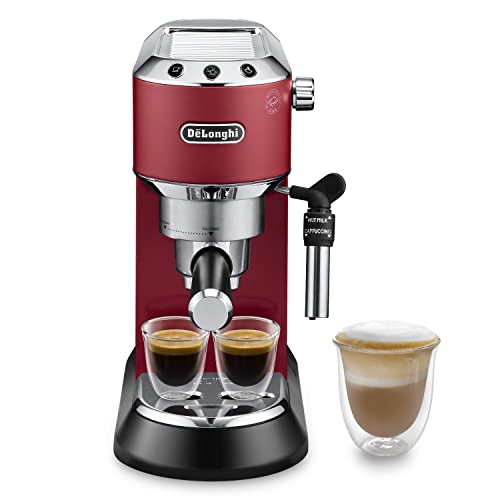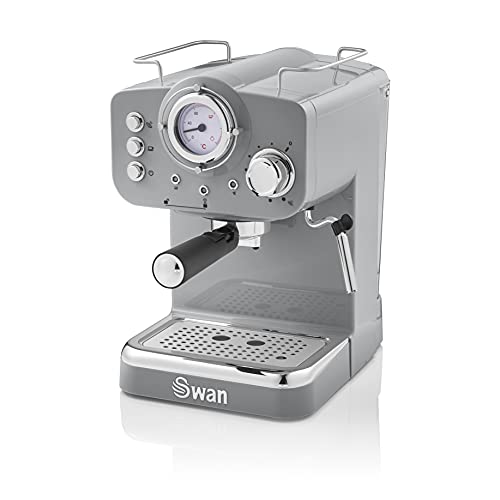9 Lessons Your Parents Teach You About Machine Espresso
페이지 정보
Jodie 작성일25-02-08 09:39본문
 How Does Machine Espresso Work?
How Does Machine Espresso Work?Machine espresso utilizes precise pressure and amazing filter technology to make the delicious coffee machines espresso we enjoy. How exactly does it work?
Espresso is produced by pushing hot water under pressure through finely ground coffee. The process is similar to making drip coffee but the key difference is in the pressure.
The Head of the Group
The name implies, the group head is where you put your portafilter in when making espresso. It disperses water into the portafilter, and regulates the pressure during the extraction. There are various kinds of group heads each with its particular advantages and drawbacks. Some focus on temperature stability, whereas others on pre-infusion options, and others are designed to control the lever. There are some that contain a variety of features, such as the E61 that is the standard choice for many baristas for Machine Espresso its ability to provide multiple benefits in a single package.
As you can see in the photo above, the group head has several notches where you place your portafilter before twisting it manually to secure it. There is also a gasket made of rubber in the notches and helps to create a seal when you insert your portafilter into the machine. The notches on the head allow for a precise positioning of the portafilter which is crucial for a consistent extraction.
The group head does not just allow you to place your portafilter easily however it also keeps the same temperature. This is done by cycling hot water around the portafilter, and through the brew-basket to ensure that the temperature is constant to extract the coffee. This is important because even a small difference in temperature can make the difference between good and great espresso.
The Pump
Contrary to manual piston machines which use a lever to pressurize water, the rotary espresso machines use motorized pumps to deliver the nine atmospheric bars of pressure required to extract espresso. The pressure builds by removing tap water from a reservoir and pumping it through a heat exchanger prior to being pushed through the ground coffee inside the group head.
Pumps are generally less expensive than piston-driven machines and tend to last longer, but both types of machines can become damaged due to excessive use and poor cleaning. Pumps are also more complicated mechanically, and can add to prices of even simple models.
Some espresso machines use steam pressure instead of a pump in order to brew espresso. The downside is that the same boiler that produces steam also raises the temperature of the water to boiling which can cause excessive extraction. The machines must also continually rebuild their pressure between cups. This takes energy and time.
A majority of espresso machines utilize an rotary or a vibration pump. A vibration modepump is able to regulate the flow of water and pressure. This is an excellent compromise between human control and mechanised accuracy.
The Filter
Espresso machines typically have filters that separate the coffee grounds from the hot water. The filter is also an essential element of the machine's temperature control, since it helps to prevent overheating.
It also helps with flavor as a filter can allow for a longer bloom time. This lets the beans release their flavor and allows for better extraction.
However it is crucial to keep in mind that even a high-quality filter could result in a bad cup of coffee, because the quality of the beans and extraction is important.
It's here that the magic happens. This is the reason why espresso tastes so good. The grouphead (also called the brewhead) is where you put the portafilter - the thingy which you put the coffee grounds into, when making espresso.
Steam-driven espresso machines make use of hot water that is heated inside an airtight container to create steam. The steam then pushes hot water into the coffee grounds under high pressure. They are less expensive and easier to maintain than pumps-driven models. They are however limited to create the ideal conditions for brewing, as they operate with 1-1.5 bar of pressure. The ideal shot requires 9-10 bars.
In recent years, compressed air-driven espresso machines have been gaining popularity. They make use of an air compressor to force hot water into the ground and are much more mobile than steam-driven electric espresso machines.

댓글목록
등록된 댓글이 없습니다.

















